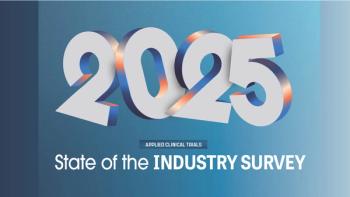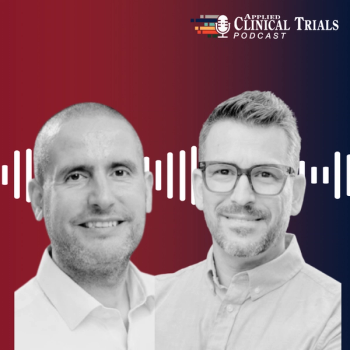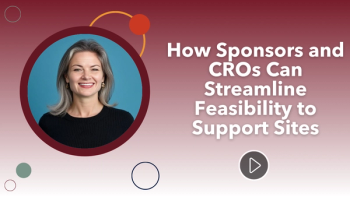
- Applied Clinical Trials-07-01-2006
- Volume 0
- Issue 0
Cleaning Up Pharma's Reputation
Right now the industry has a chance to reclaim its good name and recapture the public's respect for the power of what it can do.
For an industry that's normally held in fairly high regard in most countries, how on earth did the pharma industry develop such an image problem in the United States? According to the annual Harris Interactive poll, Americans now lump the industry in the same category as oil companies, tobacco companies, and health insurers when it comes to trust and honesty.
Helen Ostrowski
Saying that the industry "has a public relations problem" suggests that all it will take to fix the problem is some well-crafted messages, a bunch of ads, some feel-good activities, and a series of public appearances. However, the problem lies much deeper and is at the heart of what public relations is all about: building a relationship with the people most important to your success. Poor relationships make it harder to do business, while strong relationships, on the other hand, usually make it easier.
Missed opportunity
The industry's problem has its roots in how it constructed the architecture of its relationships as it grew. Almost from the start, it showed a complete lack of understanding of the critical stakeholders it needed to build a relationship with: the end user, its customers. Time and again, the industry "missed the boat" with consumers, becoming estranged from the very people so critical to its own well-being and success.
Certainly the industry learned during its formative years in the 1940s and 1950s that it needed to build a relationship with the health care professionals who prescribed pharma products. But this symbiotic relationship shut out the patient from information and knowledge—except for the information they could wheedle out of their doctor or pharmacist. Relying on these learned intermediaries, the patients also had little idea who made the drugs they received. It's hard to build trust when you have no idea who you're building it with.
As the industry became larger, it came under increased public scrutiny, which started in the 1960s with the thalidomide crisis. By the time pricing and access issues began pelting the industry in the 1980s, the industry had developed relationships with legislators, regulators, and Wall Street. These relationships helped fend off legislation on pricing control during the Clinton Administration—but the industry still did not have a direct relationship with consumers.
Working toward change
Today, despite the stunning medical advances the industry has made and the life-saving and life-enhancing role it plays in the lives of millions of people, it is really not much closer to the kind of intimate and personal relationship with our parents, children, neighbors, and friends than it was 50 years ago. While there is certainly much more work going on to develop these relationships, the industry does not have enough capital in its "trust bank" to help it weather the storms washing over it.
The good news? Even industries once maligned as the blackest of scoundrels (such as the chemical industry) have successfully changed their image—and the pharmaceutical industry can too. While the prescription for recovery can be long, there are really three things the industry needs to focus on with respect to the public:
- an openness to change rather than trotting out the same old reasons why it can't or won't
- a dialogue with patients marked by transparency and authenticity, matching action to words
- real alliances based on mutual respect for each other, and not transactions designed for commercial benefit.
A second chance
With the next new wave of pharmacological innovation approaching—the age of personalized medicine—the industry has the chance to reclaim its good name and recapture the public's imagination and respect for the power of what this industry can do in pursuit of medical miracles.
Articles in this issue
over 19 years ago
Demand for Evidence Drives Research Processover 19 years ago
Bridging the European Regulatory Gapover 19 years ago
CLEAR: An EU Postgraduate Training Programover 19 years ago
Skill-Specific Staffing to Ensure Oncology Trial Successover 19 years ago
Spotlight on Open-Label Extension Studiesover 19 years ago
Managing the Drug Supply Chain with eProcessesover 19 years ago
eShowcaseNewsletter
Stay current in clinical research with Applied Clinical Trials, providing expert insights, regulatory updates, and practical strategies for successful clinical trial design and execution.






.png)



.png)



.png)
.png)
